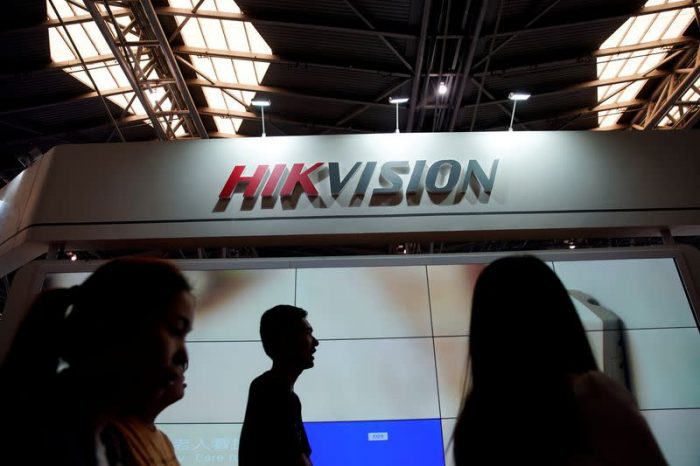- Reaction score
- 11,656
- Points
- 1,160
Some really interesting current info on SMR reactors from the World Nuclear Association.
Reactors as small a 5 MWth on the books.
Westinghouse has one that requires refuelling every 8 years
Toshiba's lasts 30 years
The capital cost is projected at 3 to 8 dollars per We. So a 5 MWe plant is projected to cost 15 to 40 Million dollars. The electricity would sell at about 10 cents per kWh, so competitive with the grid.
All of them are about 30-40% efficient so for every MW of electricity the plant will also produce 2 MW of high quality heat.
Reactors as small a 5 MWth on the books.
Westinghouse has one that requires refuelling every 8 years
Toshiba's lasts 30 years
The capital cost is projected at 3 to 8 dollars per We. So a 5 MWe plant is projected to cost 15 to 40 Million dollars. The electricity would sell at about 10 cents per kWh, so competitive with the grid.
All of them are about 30-40% efficient so for every MW of electricity the plant will also produce 2 MW of high quality heat.
Home Page - World Nuclear Association
Information on nuclear energy and the nuclear fuel cycle from the World Nuclear Association.
world-nuclear.org








